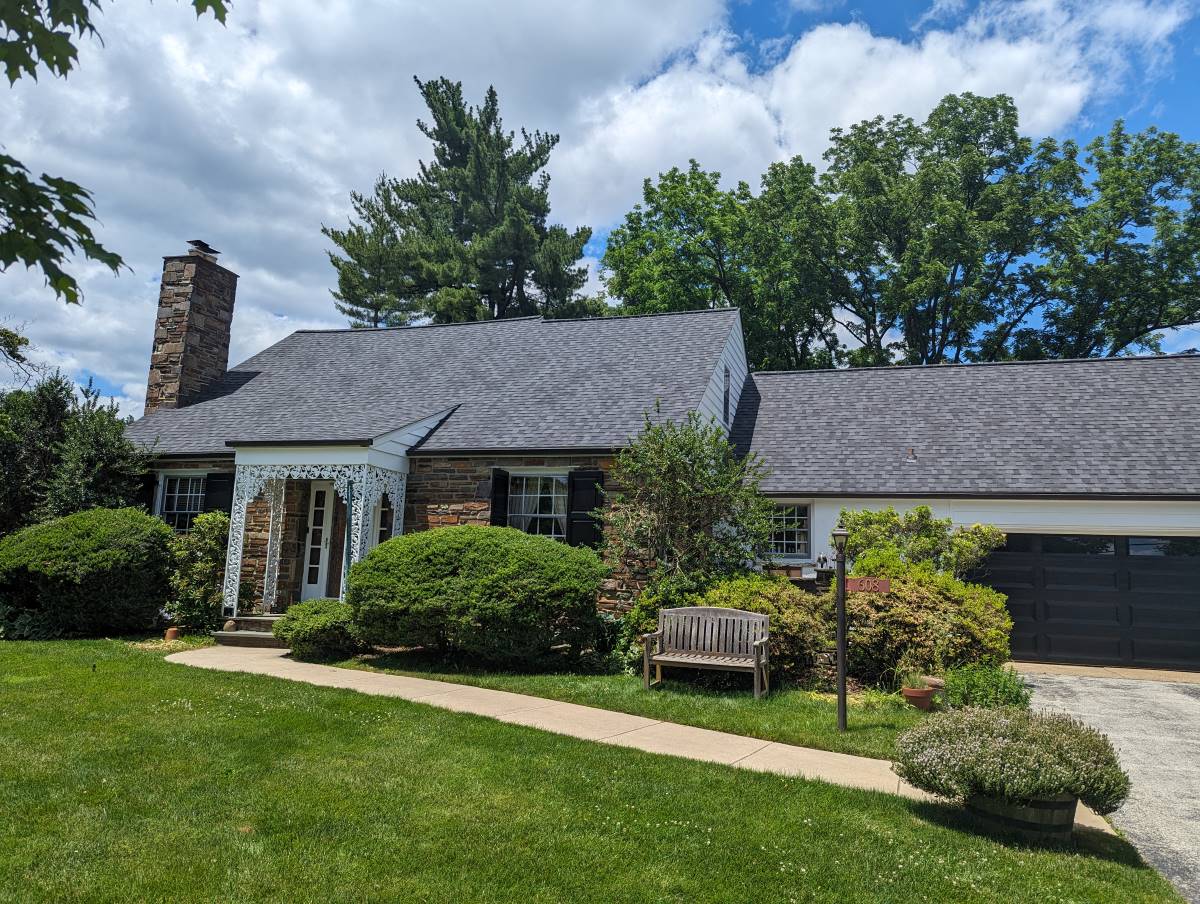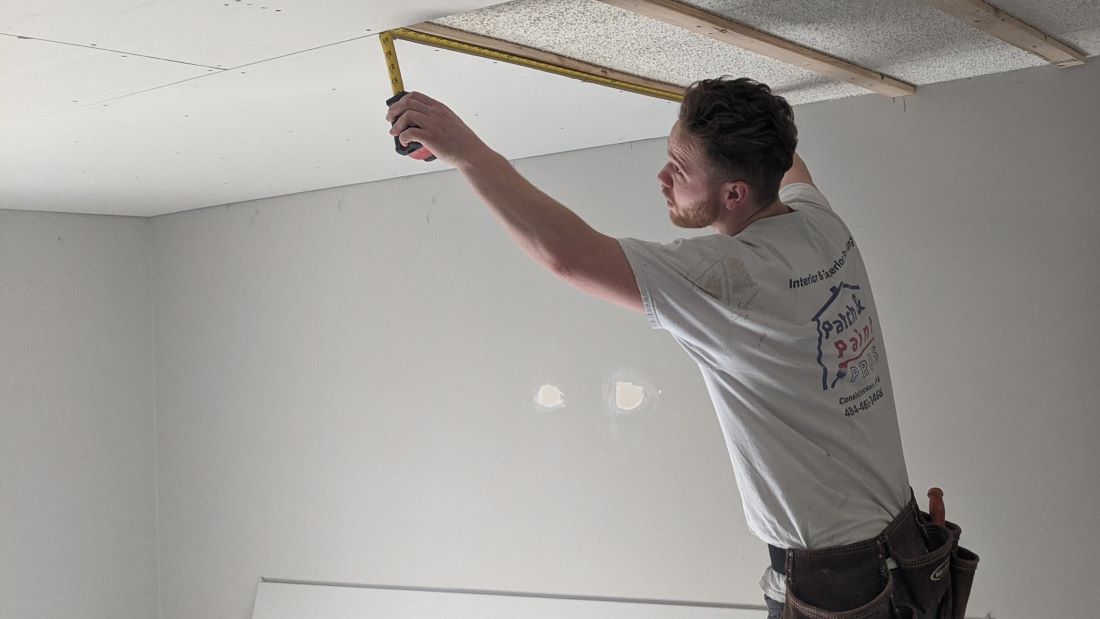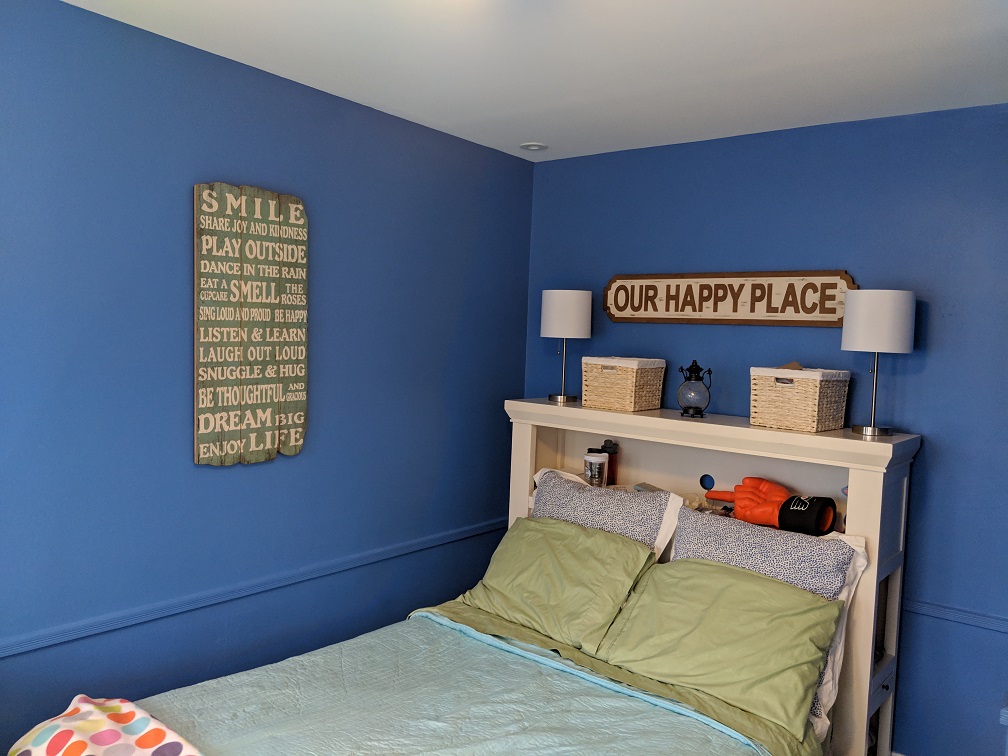Painting the outside of your house can be a great way to add value and charm to your home. However, if you don’t know when not to paint, it could end up costing you money instead of adding value. Understanding the factors that affect your exterior paint job is essential for any successful painting project. In this article, we’ll explore what weather conditions are best suited for an outdoor paint job—as well as which ones should be avoided at all costs.
Humidity And Temperature
Have you ever wondered why the temperature and humidity levels of your environment can have an effect on painting outdoors?
Exterior paint jobs are often affected by moisture levels and surface temperatures in the atmosphere. On hot, dry days, it is difficult for paint to adhere to a surface properly because the heat causes evaporation that prevents proper adhesion. High humidity also presents problems as the air’s moisture increases; it reduces the ability of some paints to form a good bond with a painted surface because it leads to bubbling or blistering of the paint film.
In addition to high temperatures and humidity, rain, and wind could also damage exterior surfaces while they are being painted. Rain would wash away any wet paint applied before fully curing, resulting in no protection against weather elements such as UV rays from sunlight or extreme precipitation events like hail storms. Wind gusts may cause debris embedded within paint layers to scratch freshly-painted surfaces causing them to prematurely age.
Both scenarios leave the home exposed to a greater risk of developing mold growth due to water infiltration into unprotected areas. Moving forward, we’ll discuss what steps should be taken when considering these factors so your exterior paint job lasts long-term without succumbing to the damaging effects of Mother Nature’s atmospheric conditions.
Rain And Wind
Rainfall can cause paint to run or drip, so it’s important to keep an eye on the forecast. Wind speed can affect how quickly the paint dries, so it’s a factor to consider. Humidity and temperature can also have an effect on the paint’s adhesion, so it’s important to make sure it’s optimal before starting a project.
Rainfall
Rain and wind can both have an effect on your exterior paint job, but today let’s talk about rainfall. When it comes to painting outside, you want to avoid rainy weather as much as possible.
Rainfall can cause the surface of whatever you are painting to become wet, making it difficult for the paint to stick properly or evenly. You will also need to make sure that any surface preparation is done before rain hits; otherwise, this may be compromised by the water. So if you’re planning an outdoor paint job, be sure to check the forecast so you can plan accordingly – because when it rains, your project should wait!
Wind Speed
But what about wind? Wind speed can also have an effect on your weatherproofing and painting projects.
A strong gust of wind could disturb surface preparation, as well as cause the paint to be applied unevenly. That’s why it’s important to pay attention to both the rain forecast and the wind forecast when planning outdoor painting jobs; both need to be taken into account for a successful project. So keep an eye out for any unexpected shifts in temperature or wind speed before you start!
Humidity
But humidity is just as important to consider when weatherproofing and painting. Humidity levels can affect the air pressure, which impacts how well the paint adheres to surfaces. If it’s too humid outside, the dew point will rise and cause more condensation on your materials – something you definitely don’t want!
So make sure you look at both temperature and humidity forecasts before starting any outdoor project. That way, you’ll be ready for whatever Mother Nature throws your way!
Sunlight And UV Rays
When planning an exterior paint project, it’s important to consider the types of paint available to ensure the best results. Different types of paint are suitable for different surfaces and can withstand varying levels of UV exposure.
Once you have chosen the right type of paint for your house exterior, the next step is to ensure the surface is properly prepared. This may involve power washing, sanding, or even replacing damaged boards. Failing to properly prepare the surface can lead to peeling and flaking of the fresh coat of paint.
When hiring painting contractors for your exterior paint job, be sure to ask about their preparation process and the types of paint they use. A professional exterior painting contractor will have the expertise and tools to ensure your home looks its best and is protected from the elements.
Ultimately, investing in a fresh coat of paint for your home’s exterior can increase curb appeal and provide protection against UV rays and weathering. With proper preparation and the right type of paint, you can achieve a long-lasting and beautiful finish.
Preparing Your Home’s Exterior
Cleaning and surface preparation are important steps for a successful exterior paint job. It’s important to understand what needs to be done, and when it’s not necessary, to ensure your paint job lasts.
Cleaning
If you’re gearing up to paint the outside of your home, there’s one important step that shouldn’t be skipped – pre-cleaning! This is crucial in order to ensure a good job and prevent mold from growing.
It involves giving the exterior surfaces a thorough scrub with soapy water, then rinsing them off. Don’t forget to use an outdoor cleaner on those hard-to-reach places like windowsills or around other fixtures. And don’t forget: it’s never too early for mold prevention – make sure all surfaces are completely dry before beginning any painting project! With proper pre-cleaning steps taken care of, you’ll have everything ready for a successful paint job.
Surface Preparation
Now that you’ve taken the necessary steps to pre-clean your home’s exterior, it’s time for surface preparation. This involves more than just a quick once-over – you’ll need to use both scrubbing and cleaning techniques to make sure all surfaces are properly prepared before painting.
When working on large areas, start with a power washer, then switch to hand tools like brushes and scrapers when tackling hard-to-reach places. Don’t forget to clean out gutters and eaves while you’re at it! With the right approach and attention to detail, your surfaces will be ready for paint in no time.
Choosing The Right Paint And Tools
Painting the outside of your house is an exciting project, but it requires careful consideration. From surface preparation to paint types, there’s a lot that goes into a successful exterior painting job. Here are some important tips for getting started:
- Surface Preparation: Preparing the surfaces properly is essential in order to ensure a quality finish. This includes cleaning and sanding any damaged areas as well as ensuring all dirt and debris has been removed before applying primer or paint.
- Paint Types: It’s also important to choose the right type of paint for the job. Exterior paints come in different sheens such as flat, satin, semi-gloss, and gloss. Selecting one that best suits your needs will help you achieve the desired look and durability.
- Tools & Supplies: Having the proper tools on hand can make all the difference when it comes time to start painting. Make sure you have drop cloths, brushes, rollers, tape measurers, and other items needed for completion of the job.
No matter what kind of exterior painting project you’re undertaking — from basic touch-ups to full repaints — these considerations should be taken into account ahead of time so you can get great results every time!
Final Thoughts
Understanding the factors that affect your exterior paint job is essential for achieving a successful result. Taking into account humidity and temperature, rain, and wind, sunlight and UV rays, as well as prepping your home’s exterior correctly, are all important elements when considering painting outside.
It’s also crucial to choose quality paints and tools in order to ensure you get the best results possible. Doing so will help you avoid costly repairs down the road while providing an aesthetically pleasing finish that’ll last for years to come. Investing time into researching these factors can save you money in the long run – it’s simply not worth taking shortcuts!











